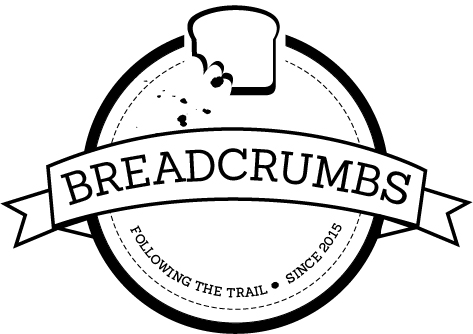White-bearded, spectacled, and corduroy-clad, Charles could play a convincing ship captain in a movie.To call him the museum’s owner does not encompass the fullness of this man’s role: he is proprietor, founder, collector, walking encyclopedia. An architect and former professor with a passion for all things maritime, he’s been collecting ship models for decades. As he led us on a winding path through and around his displays (the Queen Mary was not the only exhibit we had to turn sideways to squeeze past), he pointed out and described some of the highlights - a Hollywood model of a Nile riverboat used in the Elizabeth Taylor film "Cleopatra"; an 1802 model of a 16th century Dutch galleon; a U-boat, suspended above our heads (the taller among us had to duck), from the movie "The Hunt for Red October"; a cutaway of the Queen Mary, with tiny staterooms and ballrooms and bathrooms and portholes; models of clipper ships that transported the outputs of California gold mines around the world; an elegant Japanese fishing boat. The museum smelled like a used book shop, and the tightly packed exhibits, only partly organized, were mostly in old-fashioned wooden-framed display cases or sitting on open shelves. The world outside had receded, replaced by a sense of history, tinged blue from the maritime artwork (oil paintings, lithographs, vintage cruise line advertisements) packing the walls. Despite the sometimes chaotic arrangement of items, nothing seemed out of place as we worked our way around the first floor. From knee-level to eye-level and above, the serried models caught my gaze one after another: triremes and aircraft carriers and yachts, matte black and dark maroon and patinaed wood that looked silky-smooth and called out to be touched (I refrained). Everything somehow fit together.
And Charles fit, too; this is not a museum that anyone could have built; it is one only he could have. I could hear as he spoke his delight in his collection, and in showing it off. And unlike some small museums, where the docents fill your ears with endless insignificant details, almost everything he told us was interesting. How he found and bought all the Hollywood models, and why they are so large (if the models are too small then the way the water moves and sprays against the boat doesn’t look right). That one of the most enduring success stories of the California gold rush was that of Levi Strauss, who bought the worn out sails from clipper ships to make the jeans he sold to prospectors. He showed us around the first floor, told us how the rooms were arranged on the second, and set us to wander on our own.
Downstairs, Charles’s narration had tied everything together; his models aren’t mere objects, they are illustrations of the human connections to the water that dominates the world: trade, warfare, fishing, travel, piracy, pleasure. I slid my hand along the wooden railing as I ascended the stairs, and wondered to myself whether he had models of some of my favorite ships: the Vasa (a 17th-century Swedish ship which sank in harbor on its maiden voyage, as its engineers predicted; and which was raised hundreds of years later), the Kon-Tiki (which Norwegian author and explorer Thor Heyedahl built in the style of pre-Colombian Peruvian ships and sailed to Polynesia, proving that precolonial South Americans could have done so), and a Korean turtle ship (possibly the world's first fully armored ship, used to powerful effect against the Japanese navy). Ships that speak of the hubris of kings, the courage of explorers, the ingenuity of necessity.
The second floor was no less full than the first, but had more variety - not just models and artwork, but scrimshaw, ships in bottles, antique weaponry, ship-building tools, navigation equipment, and souvenirs - mostly traditional dress and jewelry - from far-flung locations American sailors had visited. 19th century Chinese armor; Polynesian headdresses, African masks, Indian wedding clothes. We craned our necks or crouched down as our eyes peeled back the layers of items. Our voices were sometimes muffled by intervening shelves as we called out to each other: "Did you see these Chinese navigation tools?", "Here's the model from "Ben Hur!", "Come look at these flintlock pistols." I found the Vasa, the Kon-Tiki, and, with a thrill of completion, the turtle ship.
Eventually Charles came up to join us, pointing out some of what we had missed, enriching what we'd seen. Did you know that you can chart changes in English ship-building via changes in English furniture? For centuries, the English used old-growth oaks to make ship masts; when they'd depleted them, they switched to maple, and then walnut. As leftover wood from the shipyards was used to make furniture, you see the same shifts in tables and chairs and bedsteads; another human link to the sea, extended inland and into daily life.
One of the last things Charles told us is that 20 years ago he went on a trip to Ireland and England with his wife and daughter. For two weeks he went along with whatever they wanted to do, knowing that on the final day he'd visit the destination he most cared about - the National Maritime Museum in London. The appointed time came, his wife and daughter left on an expedition of their own, and he made his way to Greenwich, only to find that the museum was closed for renovations. But don't worry; the last thing he told us was that later that month he was bound once again for the UK. This time, he said, he had checked, and the museum would be open. I hope it’s as magical, and as human, as his is.
• • •
